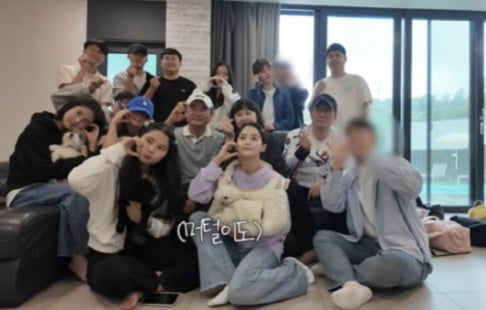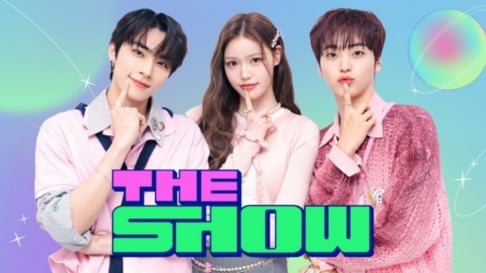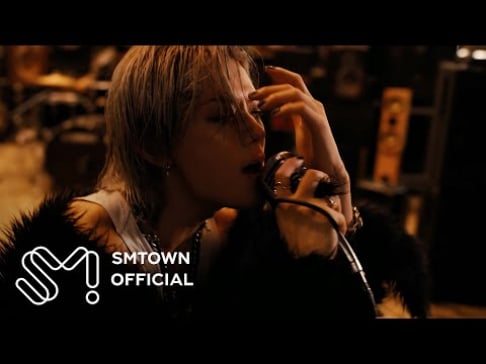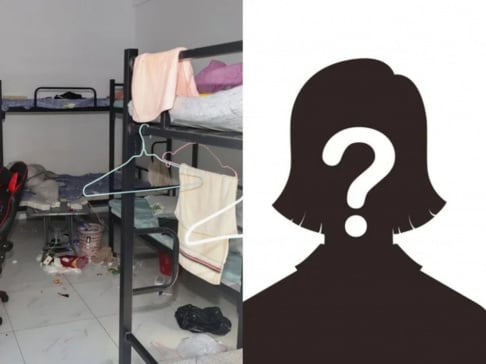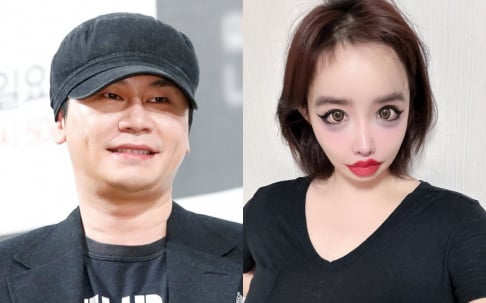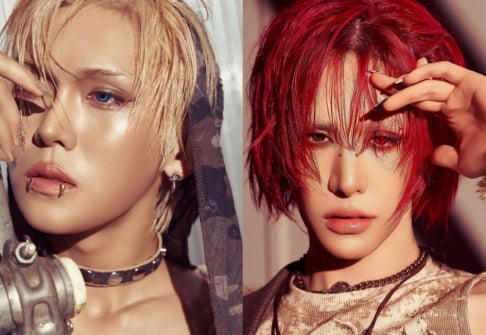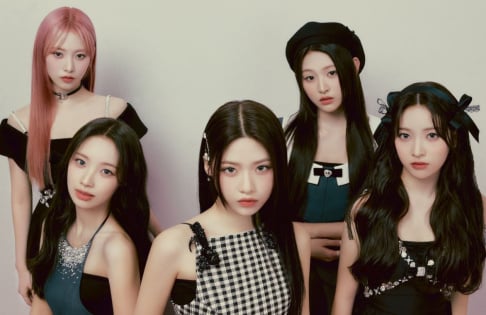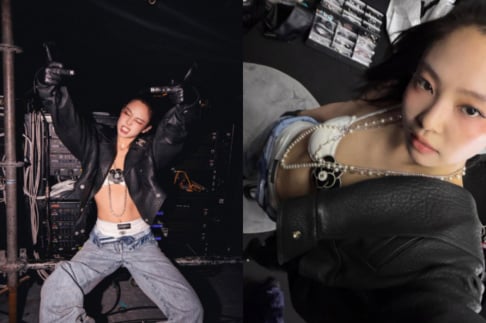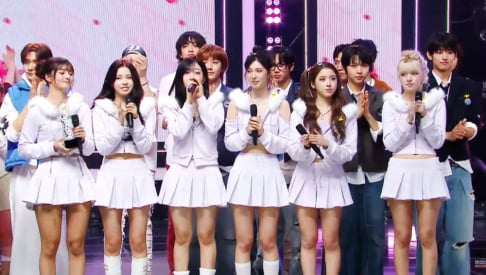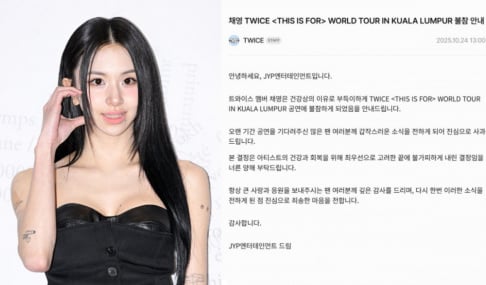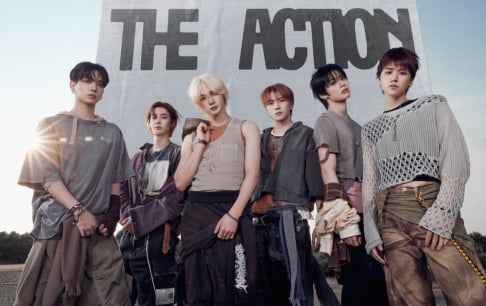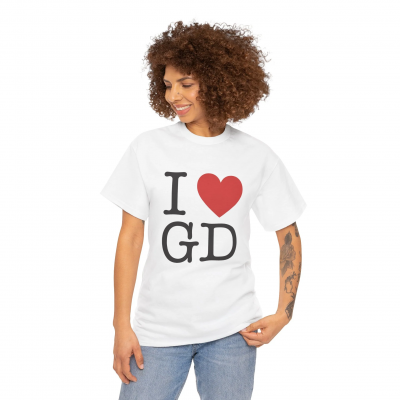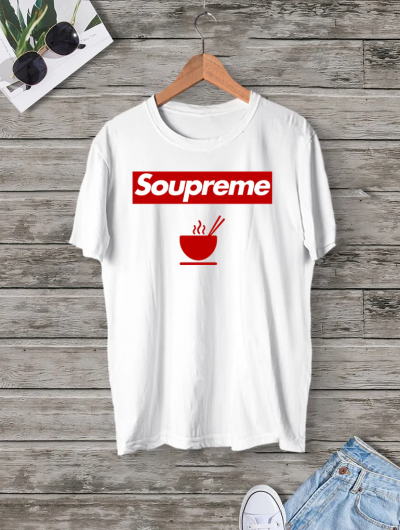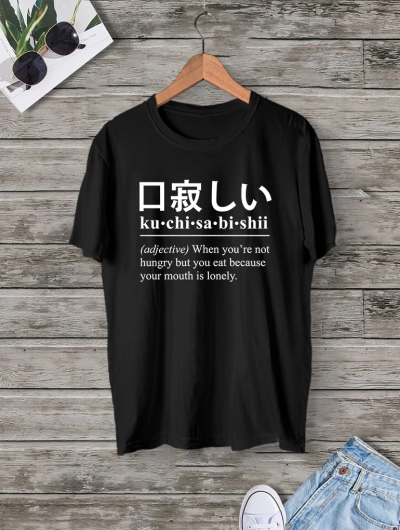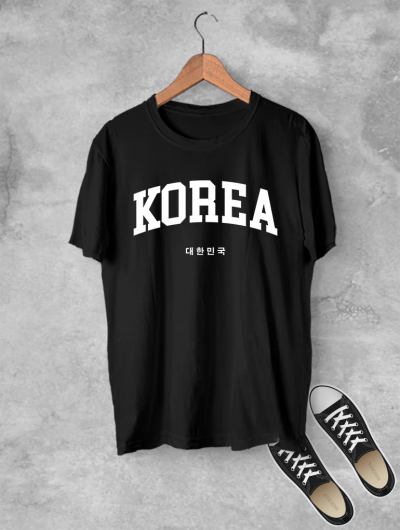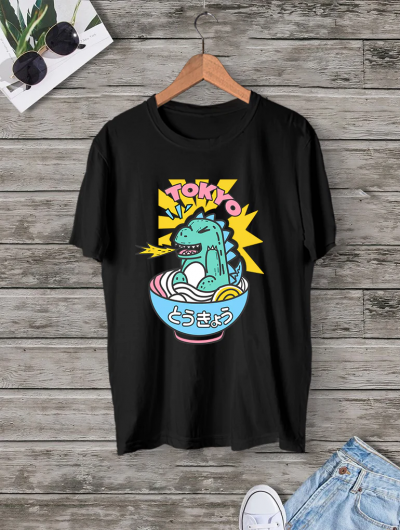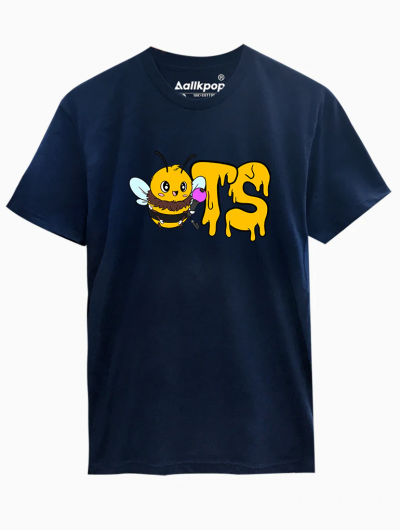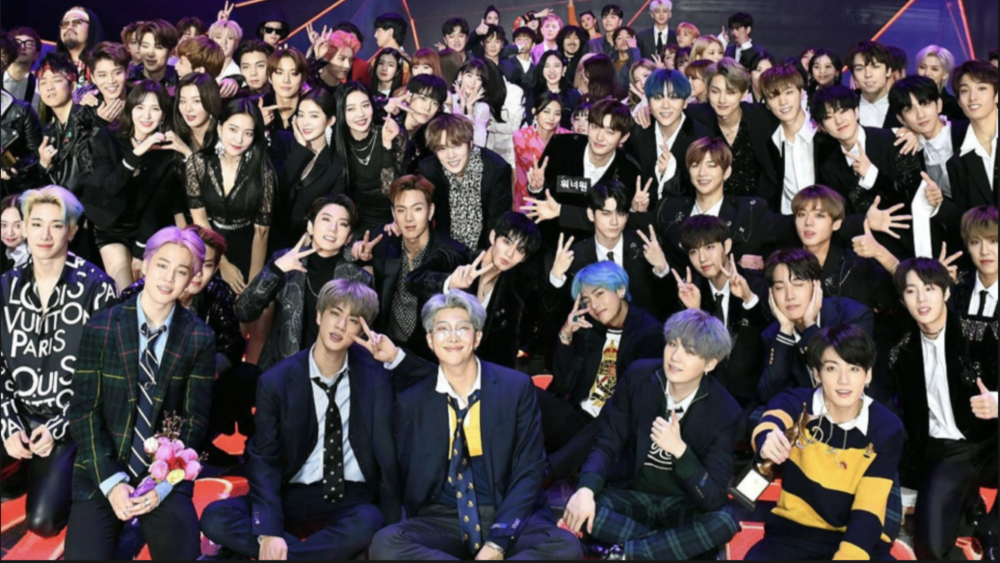
K-pop has its own unique culture filled with vibrant music, stunning performances, and a language all its own. If you're new to the fandom, you might find yourself surrounded by unfamiliar words and phrases. To help you navigate this exciting world, here’s a handy glossary of common K-pop slang terms every fan should know.
1. Ult Bias
“Ult bias” refers to your ultimate favorite member within a group – the one who steals your heart above all others.
2. Bias Wrecker
A “bias wrecker” is a member who threatens to dethrone your current bias, especially during comebacks when they shine unexpectedly.
3. Maknae
Derived from the Korean word for “youngest,” maknae is used to describe the youngest member of a group.
4. Line
“Line” refers to subgroups within a team, often based on traits such as birth year (e.g., “’98 line”) or roles (e.g., “vocal line”).
5. Stan
To “stan” someone means to actively support and admire an idol or group. Fans who “stan” a group are known as stans.
6. Sasaeng
A “sasaeng” is an obsessive fan who invades an idol’s privacy. This behavior is universally frowned upon in the K-pop community.
7. Comeback
In K-pop, a group or artist’s return with new music is referred to as a “comeback.” This is a major event for fans.
8. Selca
Short for “self-camera,” selca is the Korean equivalent of a selfie – a photo taken by oneself, often shared on social media.
9. PC (Photocard)
“PC” refers to photocards – small, collectible cards featuring an idol’s photo, often included in albums or traded among fans.
10. Fan Chant
A “fan chant” is a synchronized cheer that fans shout during performances to show their love and support for their favorite idols.
11. All-Kill
An “all-kill” occurs when a song tops all major Korean music charts simultaneously – a major milestone for any K-pop artist.
12. Trainee
Before debuting, aspiring idols undergo a rigorous training period and are referred to as “trainees.” This phase includes vocal, dance, and performance training.
13. Lightstick
A “lightstick” is an essential fan accessory at concerts, glowing in various colors to represent a group’s unique concept and fandom.
Whether you’re a seasoned fan or a newcomer, understanding these terms will help you feel more connected to the vibrant world of K-pop. Happy stanning!

 SHARE
SHARE








